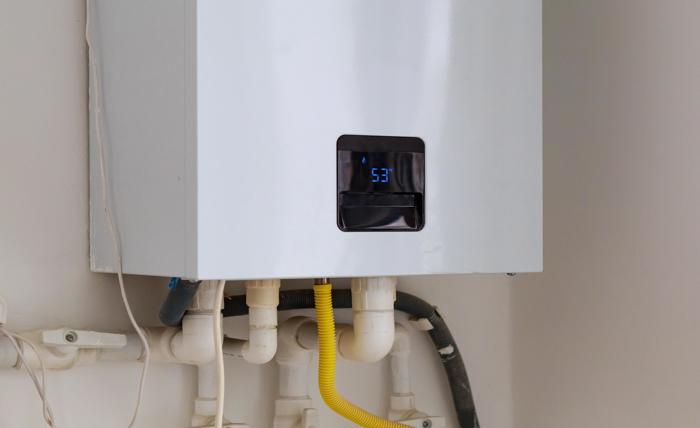Rental property loans are essential for real estate investors aiming to acquire or refinance properties that generate rental income. These loans differ from traditional mortgages by focusing on the property’s cash flow rather than the borrower’s personal income, making them ideal for investors with diverse income sources or those scaling their portfolios. This article explores the types, benefits, and strategies for securing rental property loans.
What Are Rental Property Loans?
Rental property loans are designed for non-owner-occupied properties, such as single-family homes, multi-family units, or short-term rentals. They include conventional loans, DSCR loans, and non-QM options, each catering to different investor needs. The focus on property income allows investors to bypass traditional income verification, streamlining the financing process.
Types of Rental Property Loans
DSCR Loans
DSCR loans evaluate a property’s rental income against its debt obligations. A DSCR of 1.0 or higher indicates sufficient cash flow to cover payments, with many lenders preferring 1.25 or more. These loans require minimal documentation and are ideal for investors with multiple properties.
Conventional Investment Loans
Backed by Fannie Mae or Freddie Mac, these loans have stricter requirements, including 15-20% down payments and high credit scores (620+). They are suitable for investors with strong financials but limit the number of financed properties.
Non-QM Loans
Non-qualified mortgage loans, like bank statement loans or asset-based loans, offer flexibility for investors who don’t meet conventional criteria. They are ideal for self-employed borrowers or those with complex income streams.
Benefits of Rental Property Loans
- No Income Verification: DSCR and non-QM loans focus on property cash flow, eliminating the need for tax returns or W-2s.
- Scalability: These loans allow investors to finance multiple properties, unlike conventional loans with a 10-property limit.
- Quick Approvals: Streamlined processes enable closings in 7-14 days, critical in competitive markets.
- Diverse Property Types: Eligible properties include single-family rentals, condos, and multi-family units.
Qualification Requirements
- Credit Score: Most lenders require a 640-680 FICO score, though some accept lower scores with higher down payments.
- Down Payment: Typically 15-25%, with some programs allowing as low as 10%.
- DSCR: A ratio of 1.0-1.25 is standard, though some lenders accept 0.75.
- Reserves: 6-12 months of mortgage reserves may be required.
- Appraisal: A professional appraisal with a rent schedule is necessary to estimate income.
Risks to Consider
- Higher Rates: Rental property loans often have higher interest rates due to increased risk.
- Vacancy Risks: Tenant turnover or market shifts can disrupt cash flow, impacting loan repayment.
- Market Volatility: Economic downturns can reduce rental demand or property values.
- Prepayment Penalties: Some loans include penalties for early repayment, affecting refinancing plans.
Strategies for Success
- Market Research: Target areas with high rental demand and low vacancy rates.
- Cash Flow Analysis: Use the 2% rule to ensure rent covers 2% of the purchase price for strong ROI.
- Work with Specialists: Lenders like Visio Lending or Griffin Funding specialize in rental property loans, offering tailored terms.
- Mitigate Vacancies: Maintain reserves and consider rent loss insurance to cover income gaps.
Application Process
- Initial Application: Submit a short form with credit and property details.
- Property Documentation: Provide lease agreements or market rent estimates.
- Underwriting: Lenders assess DSCR and property viability.
- Closing: Funds are disbursed, often within 7-30 days.
Conclusion
Rental property loans are powerful tools for building wealth through real estate. By choosing the right loan type and lender, and conducting thorough market analysis, investors can achieve strong returns while managing risks effectively.











